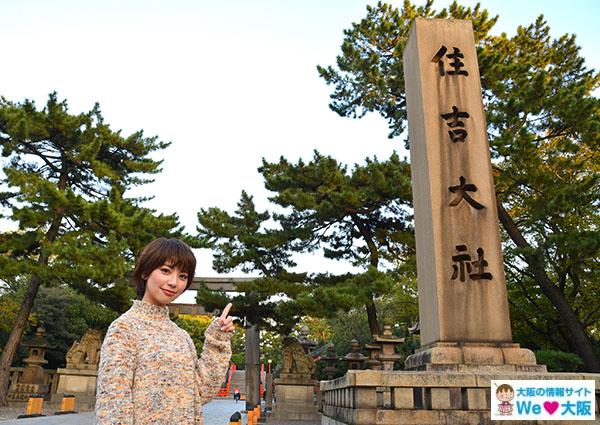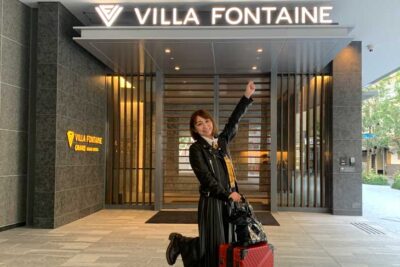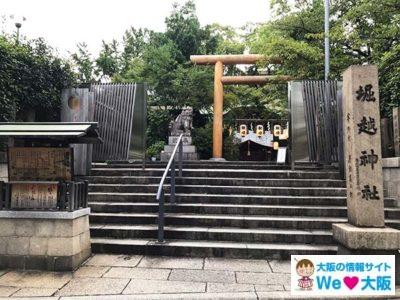- Top
- Destinations
- Dotonbori: The most famous spot in Osaka
Dotonbori: The most famous spot in Osaka
2022.08.08
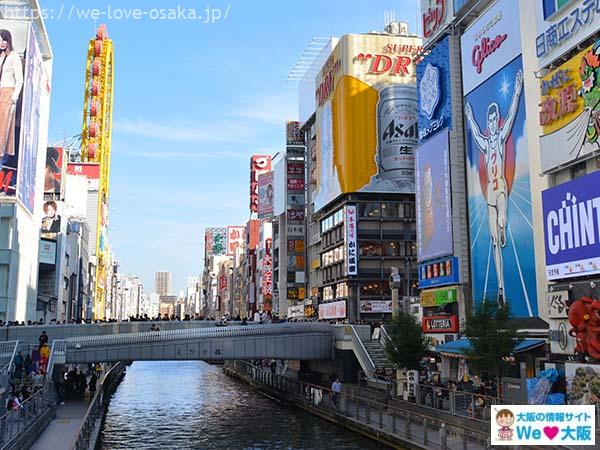
Dotonbori is the best place to enjoy authentic Osaka culture. It’s easy to access from Umeda and offers countless great eating and drinking spots. Let’s learn a little about Dotonbori’s rich history.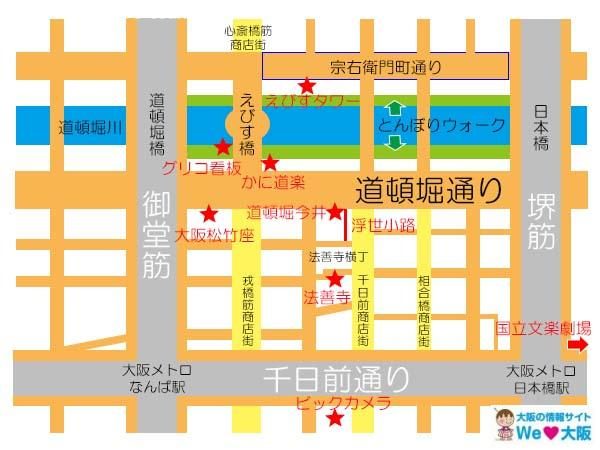 Here is a sightseeing map of Dotonbori.
Here is a sightseeing map of Dotonbori.
目次
1. Dotonbori Attractions
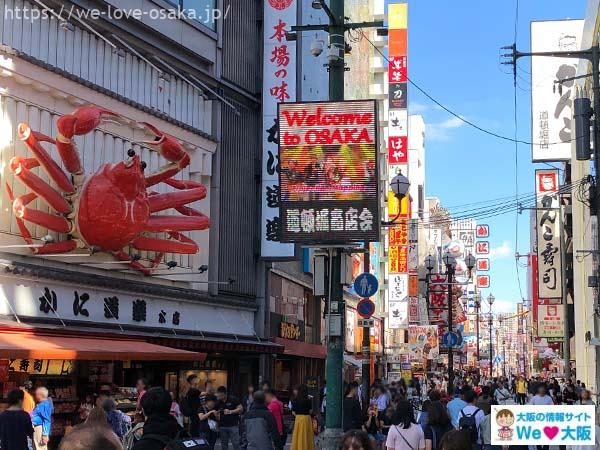 Japan is known for its many temples and shrines, but Dotonbori is a different kind of tourist attraction. As Osaka’s entertainment district in the heart of Namba, Dotonbori is bursting with local eateries and drinking spots, and has almost every major shopping brand you can think of.
Japan is known for its many temples and shrines, but Dotonbori is a different kind of tourist attraction. As Osaka’s entertainment district in the heart of Namba, Dotonbori is bursting with local eateries and drinking spots, and has almost every major shopping brand you can think of.
▼If you want to buy souvenirs at Dotonbori
Shinsaibashi Shopping Street
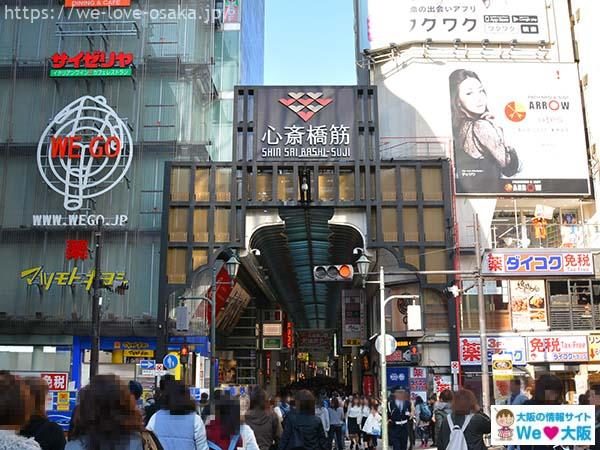 Shinsaibashi-suji is the main shopping street in Osaka which runs north from Shinsaibashi Station to Namba Station. Since the opening of Daimaru, a Japanese department store chain, the number of stores has grown exponentially, with the surrounding Shinsaibashi area prospering as far back as the Meiji and Taisho eras. Tokyo is known for Ginza, while Osaka has Shinsaibashi. It is also a popular hangout spot for Japanese of all ages.
Shinsaibashi-suji is the main shopping street in Osaka which runs north from Shinsaibashi Station to Namba Station. Since the opening of Daimaru, a Japanese department store chain, the number of stores has grown exponentially, with the surrounding Shinsaibashi area prospering as far back as the Meiji and Taisho eras. Tokyo is known for Ginza, while Osaka has Shinsaibashi. It is also a popular hangout spot for Japanese of all ages.
▼Gourmet of Shinsaibashi is here
Ebisubashi Bridge
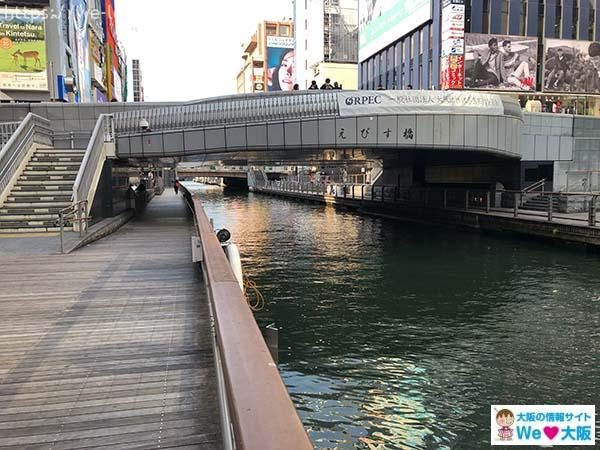 Ebisubashi spans the Dotonbori River and is well-known for its bright neon billboards. However, the most famous sight is the red, white, and blue Glico Running Man sign hanging beside the bridge. Taking a photo from Ebisubashi Bridge is a must when you visit the area and you will surely see many tourists doing the same.
Ebisubashi spans the Dotonbori River and is well-known for its bright neon billboards. However, the most famous sight is the red, white, and blue Glico Running Man sign hanging beside the bridge. Taking a photo from Ebisubashi Bridge is a must when you visit the area and you will surely see many tourists doing the same.
However, this bridge is infamous for “nampa,” or men trying to pick up women. So be careful of strange guys who suddenly start talking to you.
▼Directions to the signboard of Glico
▼If you will meet up at Dotonbori
The Tale of Issun-boshi: The Inch-High Samurai
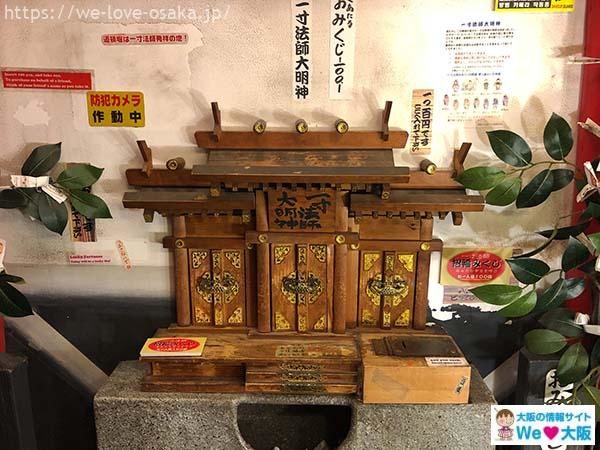 Have you heard the tale of Issun-boshi? The story centers around an older couple who cannot have a child, so they pray at Sumiyoshi-taisha Shrine and finally the wife gives birth to a son who is only about an inch tall.
Have you heard the tale of Issun-boshi? The story centers around an older couple who cannot have a child, so they pray at Sumiyoshi-taisha Shrine and finally the wife gives birth to a son who is only about an inch tall.
Issun-boshi decides to go to Kyoto to become a warrior and departs from Dotonbori River in a small bowl (because he’s so small he doesn’t need a normal boat right?).
The legend goes on to tell of his exploits in Kyoto where he vanquished demons, found a magic hammer that let him grow to normal height, married a beautiful princess, and had a family that prospered for generations.
▼Article about sumiyoshi Shrine
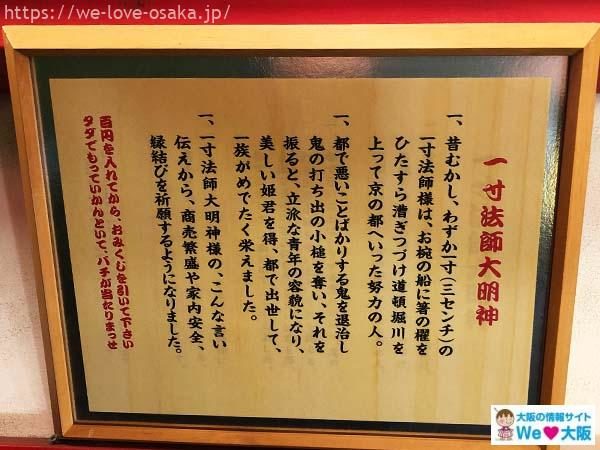 There is a small shrine dedicated to Issun-boshi on a hidden narrow alley called Ukiyo Koji. Due to Issun-boshi’s success in life, it is common for nearby business owners and employees to come here before work to pray for prosperity, their family, or marriage.
There is a small shrine dedicated to Issun-boshi on a hidden narrow alley called Ukiyo Koji. Due to Issun-boshi’s success in life, it is common for nearby business owners and employees to come here before work to pray for prosperity, their family, or marriage.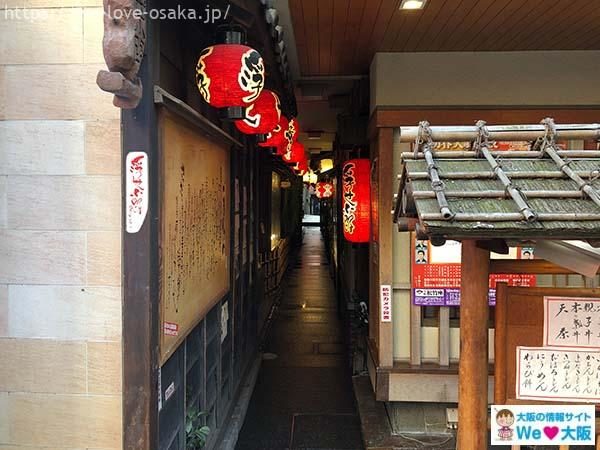 Here is the narrow alley called Ukijo Koji.
Here is the narrow alley called Ukijo Koji.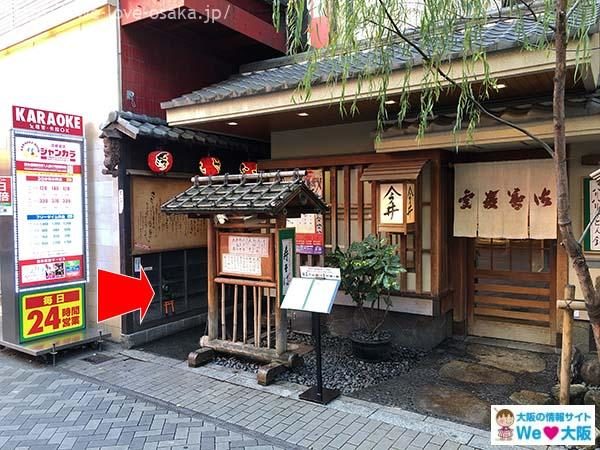 Its entrance is next to Dotonbori Imai.
Its entrance is next to Dotonbori Imai.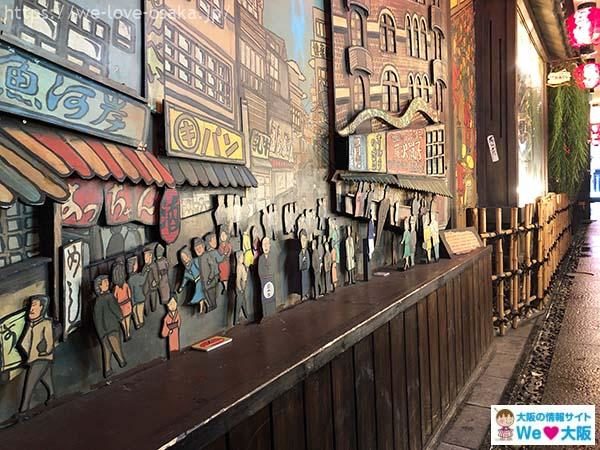 Along the alley walls are depictions of life in Dotonbori from the Edo and Showa periods.
Along the alley walls are depictions of life in Dotonbori from the Edo and Showa periods.
2. The History of Dotonbori
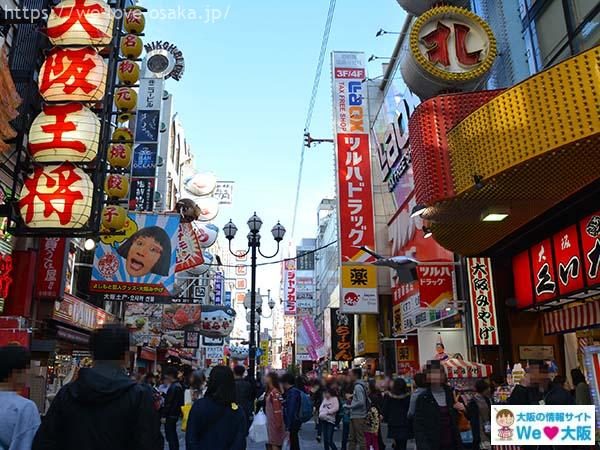 Do you know how Dotonbori became such a popular tourist attraction in Osaka?
Do you know how Dotonbori became such a popular tourist attraction in Osaka?
Dotonbori’s Five Theaters
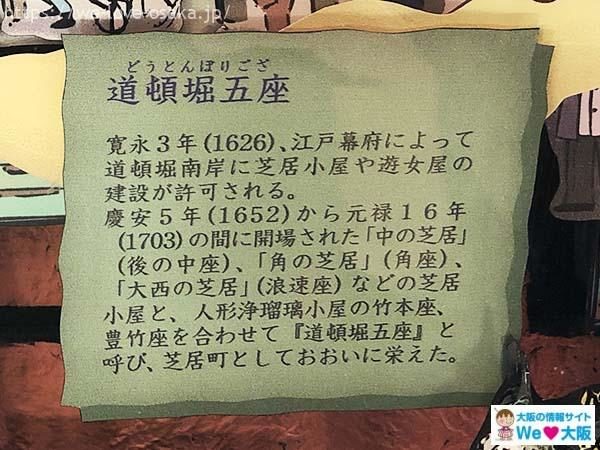 The southside of Dotonbori used to be lined with many theaters, while the northside with theatrical tea houses. Five main theaters were established in the Edo period; Naniwaza, Nakaza, Kakuza, Asahiza, and Bentenza. They were representative of Dotonbori and called Dotonbori Goza.
The southside of Dotonbori used to be lined with many theaters, while the northside with theatrical tea houses. Five main theaters were established in the Edo period; Naniwaza, Nakaza, Kakuza, Asahiza, and Bentenza. They were representative of Dotonbori and called Dotonbori Goza.
Kabuki, Ningwaka, Ningyo Joruri (puppet theater), and other forms of entertainment were performed there, but their popularity gradually declined after World War II, and all the theaters were closed after the bubble economy burst. However, the performing arts culture is still carried on today, and ningyo joruri can be seen at the National Bunraku Theatre located in Nihonbashi Station.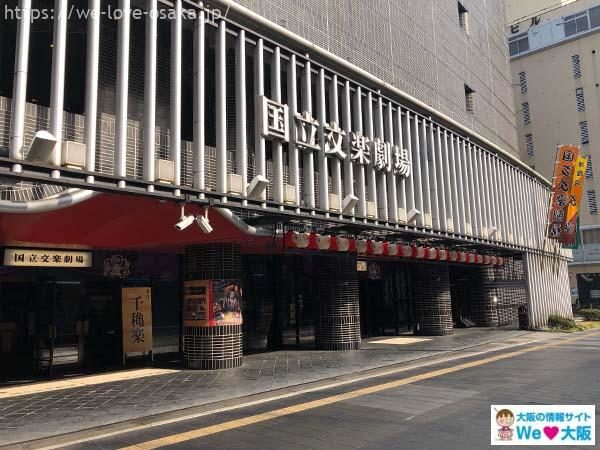 This is the National Bunraku Theatre on Sennichimae Dori Street.
This is the National Bunraku Theatre on Sennichimae Dori Street.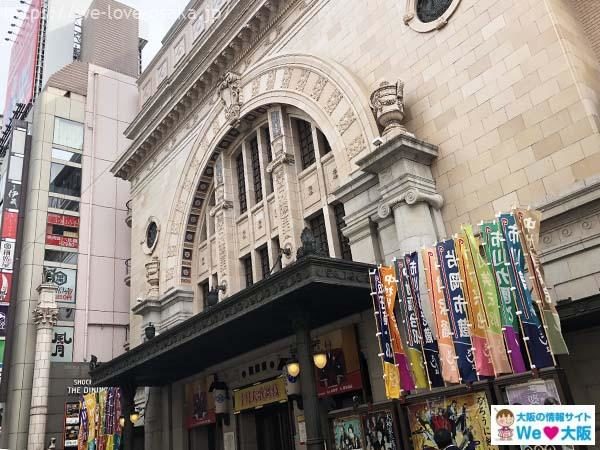 In addition to the five Dotonbori theaters, the Osaka Shochikuza Theater, pictured in the photo, still hosts kabuki, musicals, and other performances. It is a prestigious theater with an upscale atmosphere.
In addition to the five Dotonbori theaters, the Osaka Shochikuza Theater, pictured in the photo, still hosts kabuki, musicals, and other performances. It is a prestigious theater with an upscale atmosphere.
Dotonbori River
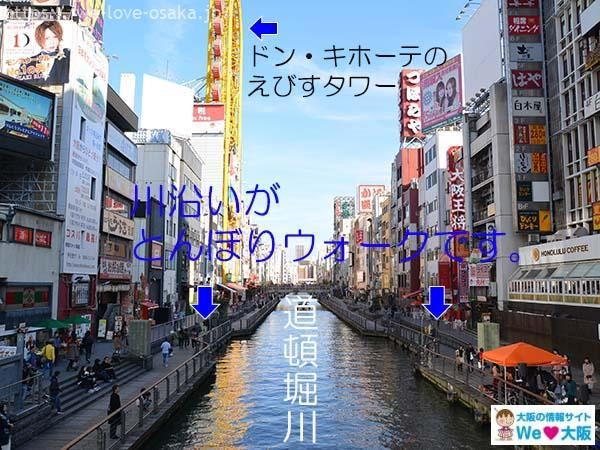 The Dotonbori River used to be wider, but a promenade called “Tombori River Walk” was constructed from 2004 to 2013.
The Dotonbori River used to be wider, but a promenade called “Tombori River Walk” was constructed from 2004 to 2013.
The “Dazaemon Bridge Pier” was built in front of the Don Quijote Dotonbori store, and sightseeing boats started to arrive and depart from the pier, transforming the river into the tourist spot that it is today.
The water quality used to be very bad, but Osaka City has been working to improve the Dotonbori River so that people can swim. They cultivate salmon clams to purify the water and are installing a sewage pipe that collects sewage and sends it to a sewage treatment plant.
▼Click here for the Ferris wheel of Don Quijote Dotonbori
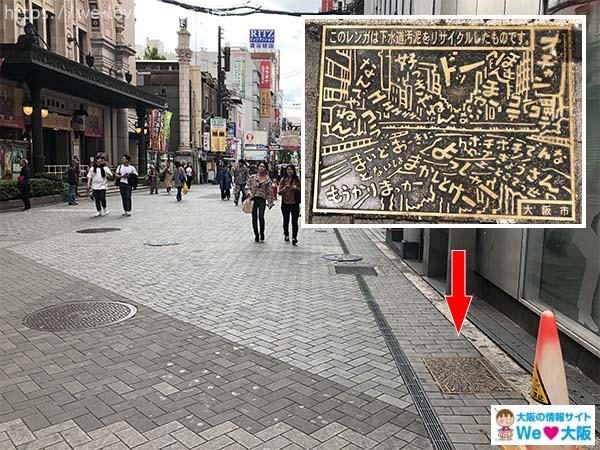 This is the street in front of the Osaka Shochikuza Theater. The bricks are actually made of recycled sewage sludge.
This is the street in front of the Osaka Shochikuza Theater. The bricks are actually made of recycled sewage sludge.
3. Dotonbori Imai: Kansai-style Udon
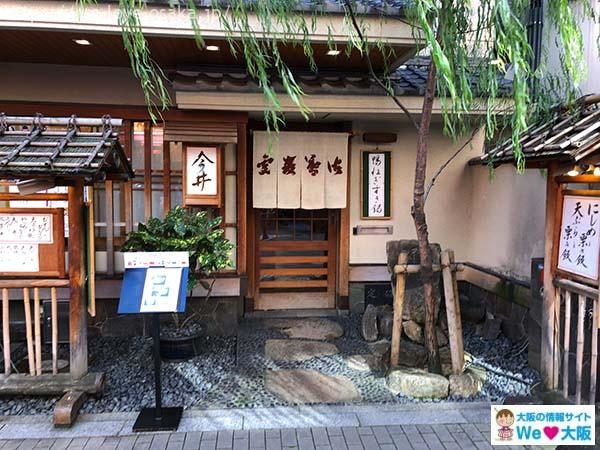 Osaka’s specialties are okonomiyaki and takoyaki, but if you ever come to Dotonbori, you should visit Dotonbori Imai Honten.
Osaka’s specialties are okonomiyaki and takoyaki, but if you ever come to Dotonbori, you should visit Dotonbori Imai Honten.
It is one of the few long-established udon restaurants in Namba. The soup stock is made from natural kelp from Hokkaido, and mackerel and urume-bushi from Kyushu. It is rich in flavor. The restaurant’s appearance in the bustling Dotonbori Dori district is also a dignified one that could only come from a long-established restaurant.
There are many delicious restaurants in Osaka. Being “cheap and tasty” is the best part of Osaka’s gourmet life. Okonomiyaki and takoyaki are certainly delicious, but how about trying some udon noodles with authentic Kansai broth?
▼Click here for gourmet information on Dotonbori including Imai.
4. The Glico Running Man
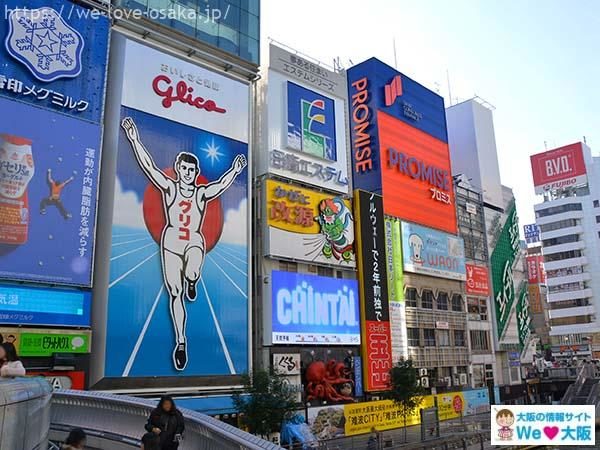 The giant Glico billboard is a famous sightseeing spot in Osaka. How long has this sign been there? Believe it or not, the current Glico sign is actually the sixth generation.
The giant Glico billboard is a famous sightseeing spot in Osaka. How long has this sign been there? Believe it or not, the current Glico sign is actually the sixth generation.
In 1935, the first billboard was not on the side of a building, but on an advertising tower. Moreover, it was 33 meters high, about 1.5 times as tall as the current billboard, which is 20 meters.
The running man himself may get all the attention, but the background behind him also has its own history. Now you can see the track of an athletic stadium, but previous versions featured Osaka landmarks such as Osaka Castle, Kaiyukan, Kyocera Dome, and Tsutenkaku Tower. 140,000 LED lights light up the board every night.
Glico’s signboard has evolved over time and it will be fun to see how it will continue to change in the near future.
5. Dotonbori River’s Unusual Tradition
Surprisingly, Dotonbori River has a tradition of people diving into it. I witnessed this spectacle myself when the Hanshin Tigers won the championship game in 2005. When I went to Ebisu Bridge, I found that there were an unbelievable number of people. At the time, the bridge’s construction was not yet finished, but 55 people climbed over the fence and dived into the water. It was reminiscent of the Halloween riots in the past few years.
Katsura Fukuwaka: The First Dive into Dotonbori
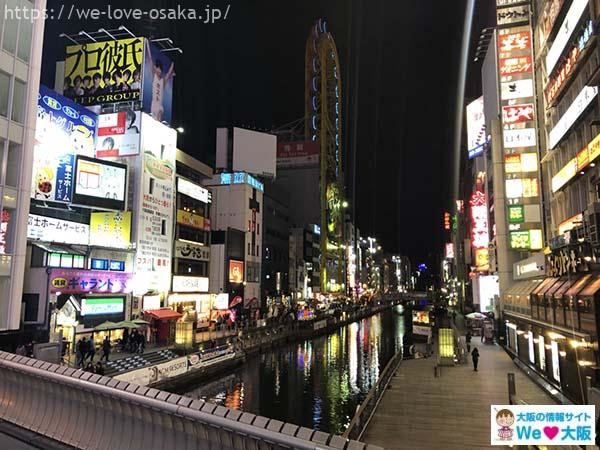 It was rakugo storyteller named Katsura Fukuwaka who started the history of this peculiar Dotonbori tradition.The first time he dove in was in 1985, when the Hanshin Tigers won the championship for the first time in 21 years, and their fans were overjoyed and celebrating in Dotonbori.
It was rakugo storyteller named Katsura Fukuwaka who started the history of this peculiar Dotonbori tradition.The first time he dove in was in 1985, when the Hanshin Tigers won the championship for the first time in 21 years, and their fans were overjoyed and celebrating in Dotonbori.
KFC’s Colonel Sanders
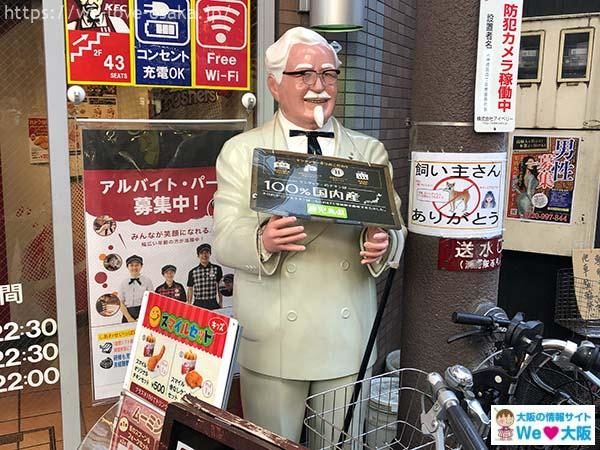 Dotonbori’s KFC’s Colonel Sanders was also thrown into the river at some point. It was missing for years and was finally discovered in 2009.
Dotonbori’s KFC’s Colonel Sanders was also thrown into the river at some point. It was missing for years and was finally discovered in 2009.
River Diving Continued
People have been jumping into the Dotonbori River since 1985. It made the news when Japan co-hosted the 2002 FIFA World Cup with Korea and Japan advanced to the final tournament, and when the Hanshin won the championship in 2003 and 2005.
In fact, there have been many deaths, so people’s drunken behavior has become quite a problem.
6. Dotonbori, Osaka’s Biggest Tourist Attraction
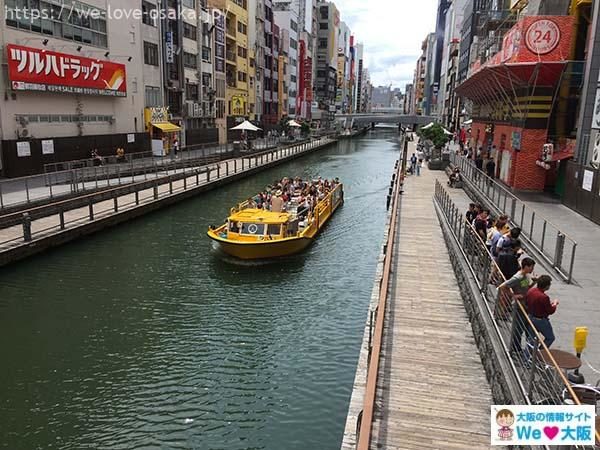 Dotombori has evolved to be one of the biggest tourist attractions in Osaka. Even now, the city continues to improve the river’s water quality and plans to further develop the area.
Dotombori has evolved to be one of the biggest tourist attractions in Osaka. Even now, the city continues to improve the river’s water quality and plans to further develop the area.
There are many more places in Tokyo where people gather, and maybe they are more fashionable than Dotonbori. However, Dotombori has the lively, bustling, and fun Naniwa spirit that is unique to Osaka.
Related article
-
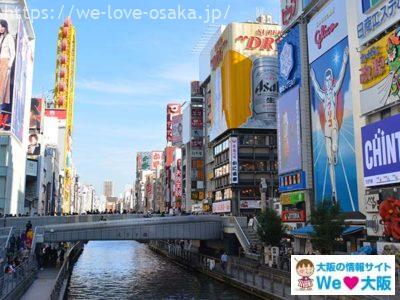
-
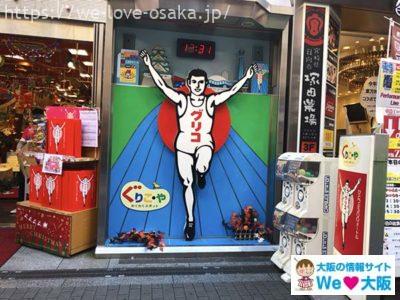
【Osaka souvenir】 You must be want to it ! Popular souvenir ranking at Osaka doutonbori
Everyone defiantly buy souveni……2020.04.03
-
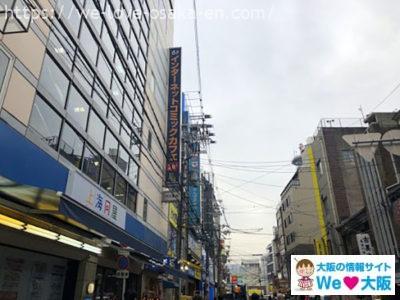
Akihabara in the West of Japan! The recommended area of the mecca for the geek in Osaka “Ota-Road” “Nipponbashi Street”.
Speaking of Osaka, there are m……2019.11.22











